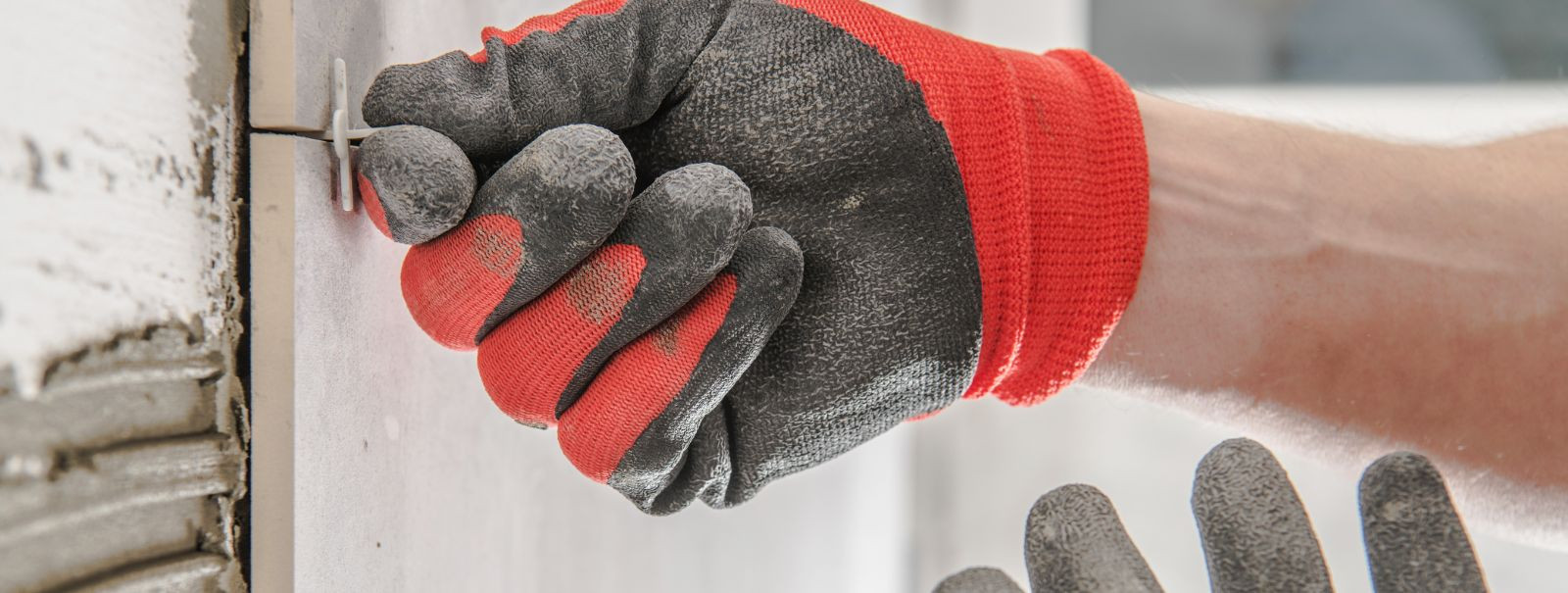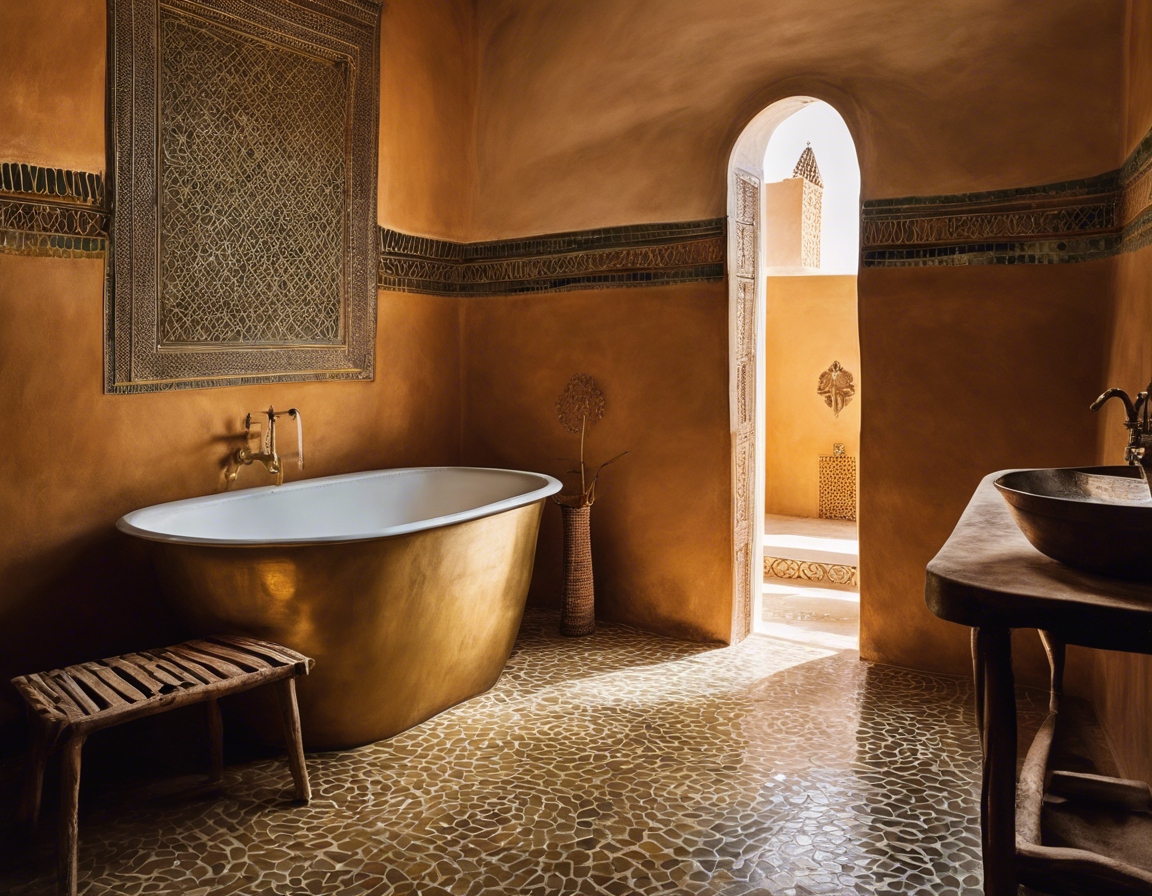The beauty of building with clay: an ancient tradition
Clay has been a fundamental building material throughout human history, with evidence of clay construction dating back thousands of years. From the adobe dwellings of the ancient Puebloans to the terracotta armies of China, clay has shaped civilizations and stood the test of time.
As an abundant natural resource, clay offers a low environmental footprint. Its extraction and processing require minimal energy compared to synthetic materials, making it a favorite among eco-conscious builders today.
Clay buildings are renowned for their warm, earthy tones and textures that blend seamlessly with the natural environment. This unique aesthetic is not only visually pleasing but also provides a sense of connection to the earth and our ancestral roots.
The Process of Building with Clay
Traditional clay building techniques vary from region to region, including adobe, cob, and rammed earth. Each method has its own unique characteristics and benefits, offering a diverse range of possibilities for construction.
Innovation in clay building has led to improved durability and efficiency. Modern methods such as stabilized earth blocks and advanced firing techniques have enhanced the performance of clay as a building material.
The art of building with clay is deeply rooted in craftsmanship. Skilled artisans shape and mold the material, creating structures that are as much a work of art as they are functional dwellings.
Benefits of Clay in Modern Construction
Clay's thermal mass properties make it an excellent insulator, keeping interiors cool in summer and warm in winter. This natural regulation of temperature contributes to significant energy savings over time.
Clay is a non-toxic material that promotes healthy indoor air quality. It naturally regulates humidity levels, reducing the risk of mold and creating a more comfortable living environment.
When properly maintained, clay buildings can last for centuries, as evidenced by numerous historical structures that are still standing today. This longevity makes clay an excellent investment for sustainable construction.
Integrating Clay Building into Contemporary Architecture
Clay's versatility allows for a wide range of architectural styles, from traditional to contemporary. Architects can exploit its malleability to create unique forms and finishes that set their projects apart.
Contemporary clay construction often involves blending traditional techniques with modern design principles. This fusion results in buildings that honor the past while embracing the future.
Across the globe, there are numerous examples of successful clay structures that demonstrate the material's adaptability and resilience. These case studies serve as inspiration for new projects that aim to harness the beauty and benefits of clay.








Comments (0)